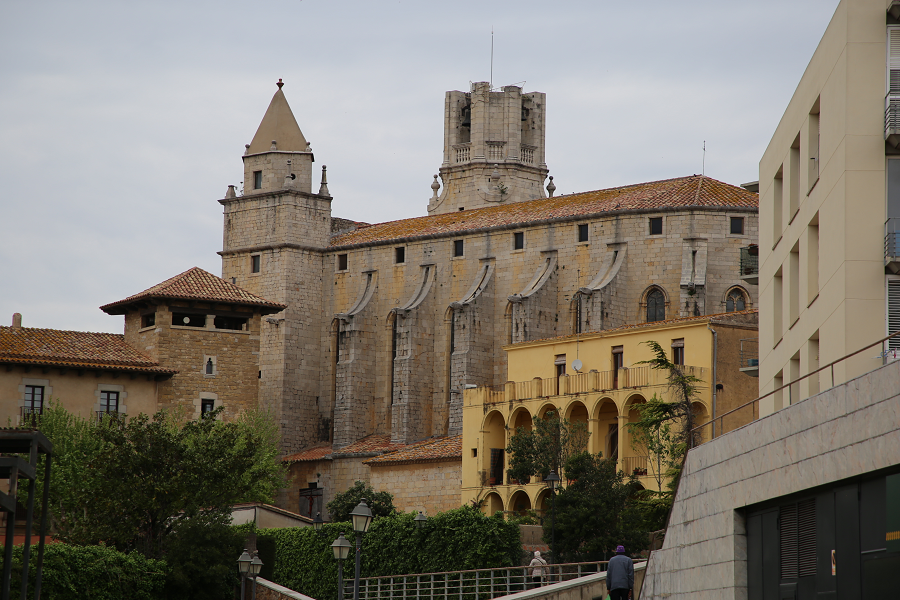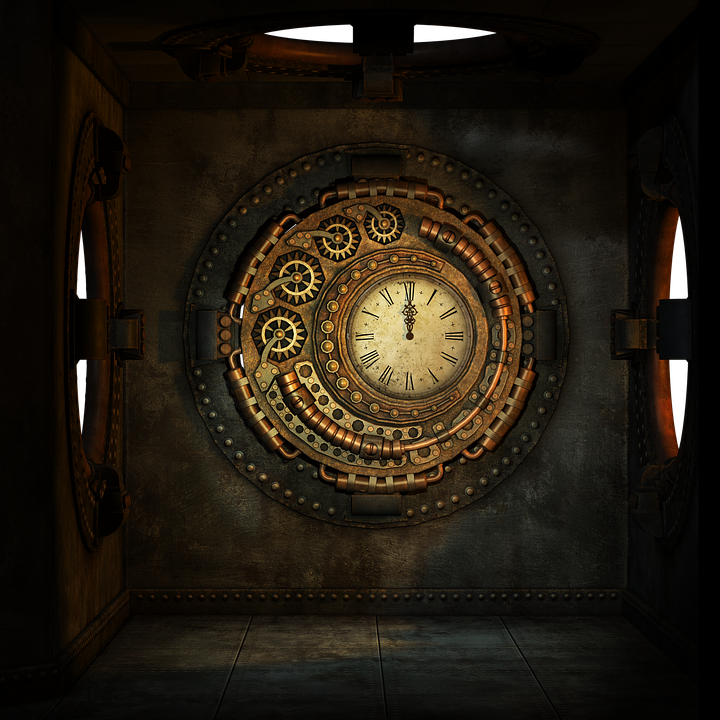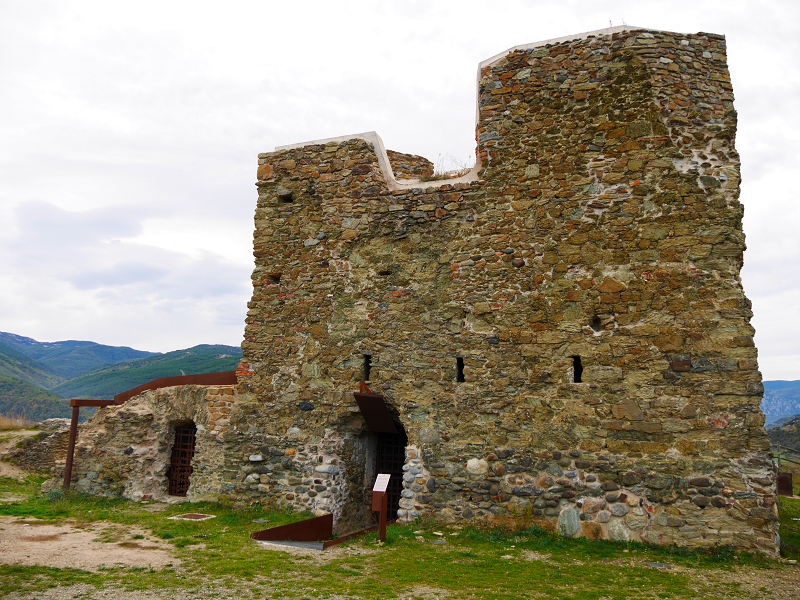The history of Escaldes-Engordany district
Escaldes-Engordany city, or Les Escaldes and Engordany according to the IEC (Institute for Catalan Studies), is a city and the seventh parish of Andorra (Pyrenees), created in 1978 from the old homonymous quart of the parish of Andorra la Vella.
The old urban centers of Les Escaldes and were joined in 1726. Today they form an urban continuum with Andorra la Vella, concentrating in this urban area two thirds of the population of the Principality. Avinguda Carlemany is the continuation, on the other side of the Valira river, of Avinguda Meritxell of Andorra la Vella, forming a long avenue dedicated to commerce.
The name Les Escaldes indicates the presence of hot springs. The town was founded around thermal springs on a large sunk fault in the subsoil. Today, many hotels in Les Escaldes offer hot springs.
The parish of Escaldes-Engordany, the second most populated one after Andorra la Vella, is formed by two important urban centers, which in their origins were separated. The oldest one is Engordany, which was already inhabited around the second or first century BC.
We have very little data from before the Middle Ages, but we know that several strategic points of the Valls were inhabited, one of them called Antuix d’Engordany.
Medieval times
From medieval times we have much more data thanks to the documentation of the monastery of Sant Serni de Tavèrnoles. These texts tell us about some small communities: Engordany, Vilars d’Engordany, Fener and Engolasters. They were communities of gatherers, ranchers and peasants, characterized by the strength of tradition and functioned, above all, thanks to the joint use and ownership of land.
In some documents, already in the 12th century, a group of “good men” appears (cat. “bons homes”), they were probably the heads of households who met when it was necessary to make some important decisions. Among these men, representatives of the community shortly stood out: prohoms, endowed with some kind of social and economic significance, and, even so, respect among neighbors.
Between the 14th and 15th centuries, the situation of conflict and pressure from the lords on the communities of the area might have led to the emergence of groups of artisans. They were increasingly unrelated to agriculture and livestock and focused on activities that had until then been only complementary. Among them, in the area of Engordany, emerged weaving of simple woolen fabrics.
The existence of hot springs needed to wash and dye the wool meant the appearance and concentration of a rudimentary woolen cloth industry in the center of Caldes. The development of this textile industry culminated in the year 1604 with the constitution of the Brotherhood of Paraires and Weavers of Sant Pere Mártir and Sant Ivó (the church of Escaldes, today under the invocation of Sant Pere Mártir).
Modern times
During the modern period, livestock and agriculture were the main activities in Engordany, while the inhabitants of Escaldes also had the wool industry, an activity that strengthened the growth of the town of Escaldes. In the mid-18th century, Escaldes from a small village went on to experience a strong economic growth, thanks to the textile and iron manufacturing.
But the great change will take place in the 30s of the 20th century, with the construction of the road network and the concession of FHASA, an era that will also mark the divergent evolution of Engordany (which will maintain its traditional agricultural character, currently mainly residential) and Escaldes (focused on tourism, with the exploitation of hot springs and commerce).
With the strong demographic increase of Escaldes-Engordany (with Mas del Diumenge Mas del Noguer and Els Vilars) and the desire to offer all the inhabitants the necessary services, the Comú of Andorra la Vella went on to provide the quarts (of Escaldes-Engordany and Andorra) with greater autonomy. This fact, coupled with the will of the people of Escaldes-Engordany to become a parish, ment that the demand of support for the separation was presented to the Coprínceps already in the 30s.
This process culminated on June 14, 1978 when by decree of the M.M.I.I. Permanent Delegations of S.S.E.E. the Coprínceps of Andorra, the Parish of Les Escaldes-Engordany and therefore also the Parish of Andorra la Vella, as separate entities with their own attributions as institutions of the Principality, were created by division of the Parish of Andorra.
The evolution of Escaldes-Engordany throughout the 20th century is closely linked to the use of hot water and the construction of the first spa hotels, such as Cal Muntanya (1904), the hotel Paulet, the Pla hotel or hostel Valira (1933).
Between the 30s and 40s of the last century, the most profound change was experienced, with the great commercial development and the replacement of a minority tourism, that came to take advantage of the hot springs, by the massification of commercial tourism.
The 80’s
Throughout the 80’s, alternatives to this economic development, centered almost exclusively on commercial tourism, were considered. In 1984, the project for the creation of a hot springs and recreational center, which took advantage of the main natural resource, thermal water, was presented as an identifying backbone element of a more diversified contemporary development. This project was materialized at the inauguration of the Caldea Termolúdic Center in 1994, owned by a mixed economy society called SEMTEE.
Another of the great natural values of Escaldes-Engordany is the Valley of Madriu river (Vall del Madriu), an area of 4247 ha., where water is also a central element.
This valley has a great interest not only for its natural heritage (vegetation and fauna) but also for the cultural heritage, representing mountain life from the medieval period (farmhouses, shepherds’ huts, dry stone constructions, etc.). This isolated valley, shelter for flora and fauna of rare or endangered species, in July 2004 was registered by UNESCO in the World Heritage list under the category of cultural goods, with a small extension added in 2006; So far, it is the only Andorran asset that appears on the list.
In 1978 the parish was created comprising Escaldes, Engordany, Vilars d’Engordany, Engolasters, El Ferrer, and the farms of Ràmio and Entremesaigües.
See also Andorra history
See also Andorra la Vella history











